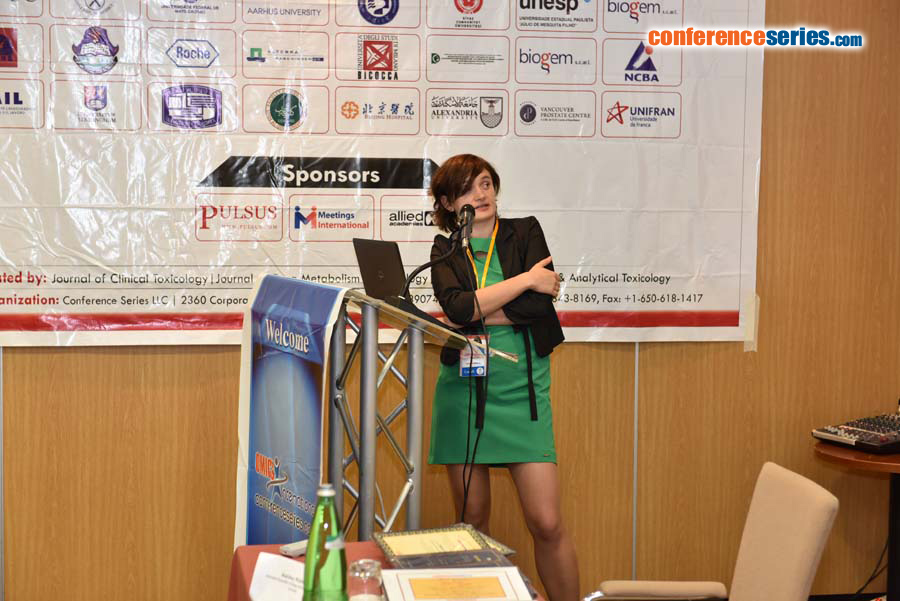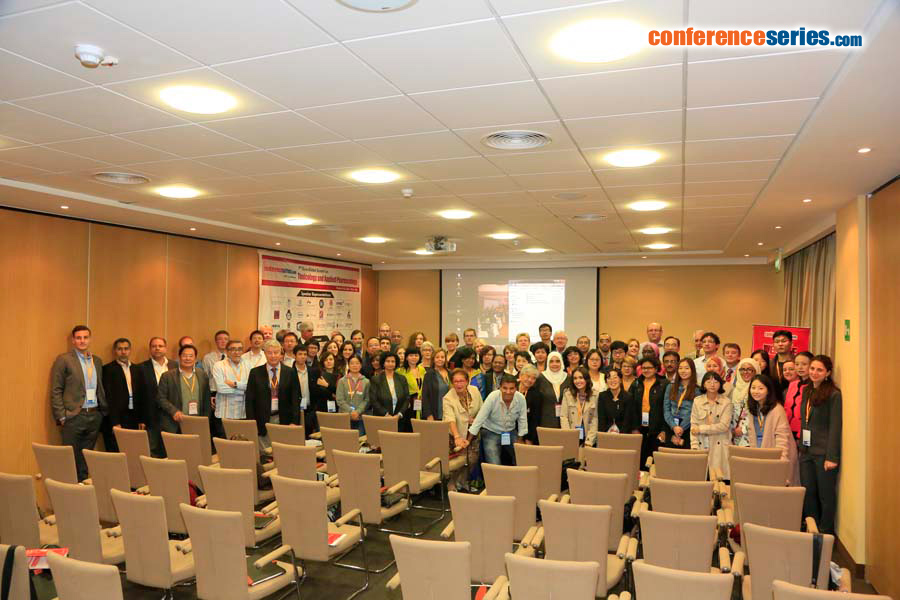Anna Magdalena Bogdali
Jagiellonian University Medical College in Krakow, Poland
Title: Nickel related Staphylococcus aureus infections in atopic dermatitis
Biography
Biography: Anna Magdalena Bogdali
Abstract
Pollution of the air, water and food by metals results in changes of microbiota because metals are common enzymatic cofactors of bacterial cells. Concentration of nickel in the air in Krakow is approximately 20 ng/m3 in PM10. Nickel allergy is oft en found in patients with atopic dermatitis. Number of colonies of Staphylococcus aureus increases in acute phase and is reduced in remission of atopic dermatitis. Thus, it is believed that staphylococcal-derived infections exacerbate allergic inflammation. Nickel participates in virulence of Staphylococcus aureus and is required as a cofactor for bacterial enzymes
including urease that can regulate pH. It is still unknown whether nickel-sensitive urease can regulate pH of the skin changed in patients with atopic dermatitis. In our current studies, 85% of patients with atopic dermatitis is infected by difficult to treat infections by methicillin-resistant Staphylococcus aureus. Bacterial infections are initiated by specifi c adhesion of a bacterium
to the target environment. Staphylococcus aureus can attach to nickel nanostructures with dimensions comparable to the size of a single bacterium. Changes of cytokine milieu due to nickel action on T cells can increase number of immature Th 0 and it can also promote staphylococcal infections because it reduces bacterial clearance. Th us, more immature T cells less cellular immune
mechanisms protecting against staphylococcal infections. Therefore we believe that nickel allergy can promote Staphylococcus aureus infections in atopic dermatitis. All these studies are required to fully understand patho-mechanism of atopic dermatitis that is useful for more individual and consequently better treatment of patients.





